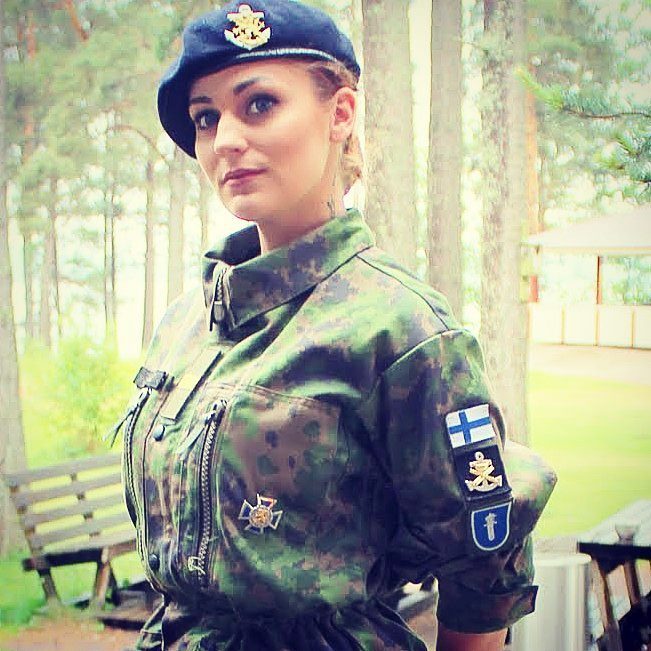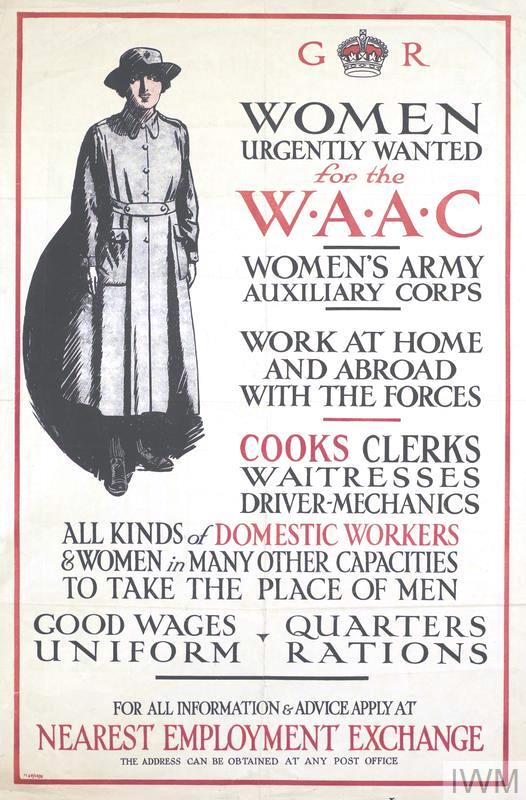Osprey Avion Elite provides a full unit history of a fighter or bomber unit that earned particular distinction in action. Aircraft profiles and scale drawings illustrate the machines they flew. Books in Osprey’s Aviation Elite series provide histories of some of aviation’s greatest units, detailing the men and machines that earned each unit its elite status. The unsung heroes of each unit are also identified, and their stories are told as well as those of their more well-known counterparts. They feature forty full-color aircraft profile drawings and are illustrated throughout with contemporary black and white photographs.
These books share many similarities with Osprey’s Aircraft of the Aces and Combat aircraft series. The Aviation Elite series was published from 2000 through 2011 when the series ended. Books in this series were longer than in the other two, containing 128 pages instead of 96. There was also greater variety in the subjects for the color profiles as these generally represent all the types flown by the specific unit throughout its history.
1. Jagdgeschwader 2 ‘Richthofen’
2. 56th Fighter Group
3. No 91 Nigeria Squadron
4. Lentolaivue 24
5. B-29 Hunters of the JAAF
6. Jagdgeschwader 54 ‘Grunherz’
7. 354th Fighter Group
8. 352nd Fighter Group
9. No 43 ‘Fighting Cocks’ Squadron
10. 359th Fighter Group
11. 303rd Bombardment Group
12. Jagdgeschwader 27 ‘Afrika’
13. Luftwaffe Schlachtgruppen
14. 49th Fighter Group Aces of the Pacific
15. Jagdgeschwader 52 The Experten
16. ‘Richthofen’s Circus’ Jagdgeschwader Nr 1
17. SPA124 Lafayette Escadrille American Volunteer Airmen in World War I
18. Groupe de Combat 12 ‘Les Cigognes’ France’s Ace Fighter Group in World War I
19. Jagdgeschwader Nr II Geschwader ‘Berthold’
20. Luftwaffe Sturmgruppen
21. Very Long Range P-51 Mustang Units of the Pacific War
22. Jagdgeschwader 51 ‘Mölders’
23. 475th Fighter Group
24. 332nd Fighter Group – Tuskegee Airmen
25. Jagdgeschwader 53 ‘Pik-As’
26. Jagdstaffel 2 ‘Boelcke’ Von Richthofen’s Mentor
27. Jagdverband 44 Squadron of Experten
28. USAS 1st Pursuit Group
29. Jagdgeschwader 7 ‘Nowotny’
30. 4th Fighter Group Debden Eagles
31. 23rd Fighter Group Chennault’s Sharks
32. 479th Fighter Group ‘Riddle’s Raiders’
33. No 56 Sqn Raf/RFC
34. No 617 ‘Dambuster’ Sqn
35. No 126 Wing RCAF
36. VF-11/111 ‘Sundowners’ 1942-95
37. Jagdgeschwader 400 Germany’s Elite Rocket Fighters
38. 53° Stormo
39. 57th Fighter Group ‘First in the Blue’
40. Jasta 18 The Red Noses 41. No 60 Sqn RFC/RAF








































































































































